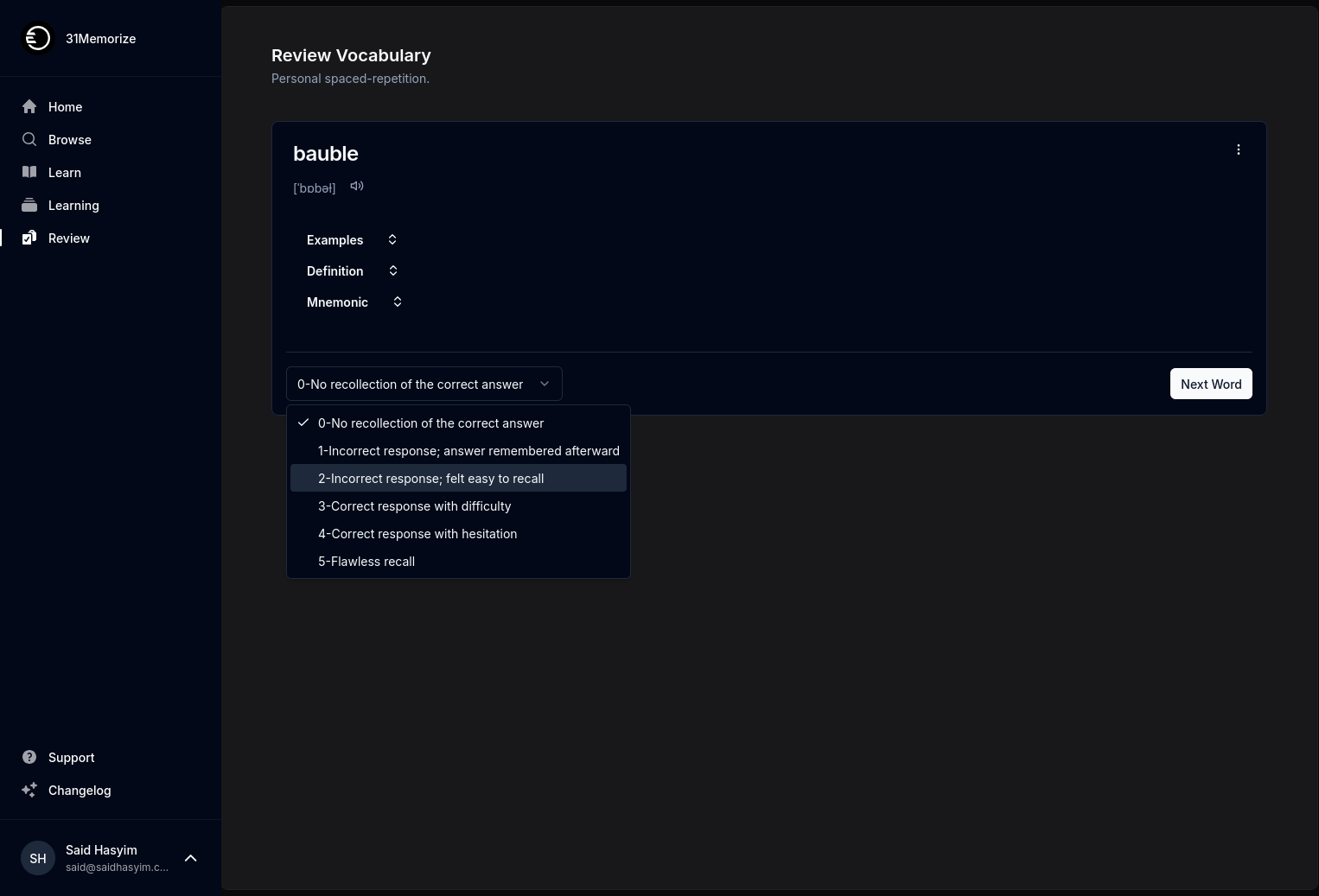Book Monitoring: A Key to Long-Term Success
In today's fast-paced world, the pursuit of knowledge and information is more prolific than ever before. Whether you are a business owner, a student, or a lifelong learner, staying organized is critical to achieving long-term success. Among the various strategies employed to ensure effective learning, book monitoring stands out as an essential practice. This blog post will delve into what book monitoring is, why it is important, and how you can implement effective monitoring systems for your reading materials.
What is Book Monitoring?
Book monitoring refers to the systematic process of tracking what you read, how you engage with the material, and the knowledge you derive from it. It's more than mere reading; it's a means of actively absorbing, reflecting on, and applying information gained from books. Whether you're reading for pleasure or for professional development, the practice of monitoring your reading can dramatically influence your retention, understanding, and application of new ideas.
The Components of Book Monitoring
Before we dive into the benefits and implementation of book monitoring, let’s break down its components:
- Tracking: Keeping a record of what you read, including books, articles, and papers.
- Reflecting: Taking time to think about and analyze the material after reading.
- Applying: Putting the knowledge gained into practice in your personal or professional life.
- Reviewing: Periodic revisiting of your notes and summaries to reinforce information.
Why is Book Monitoring Important?
1. Improved Retention
One of the primary benefits of book monitoring is the enhancement of knowledge retention. When you actively engage with the material— via notes, summaries, and thoughts—you create mental anchors that help information stick. This kind of active engagement is far more effective than passive reading, which can lead to quick forgetfulness.
2. Increased Understanding
The act of reflecting on what you read is crucial for deeper understanding. By asking questions, critiquing arguments, and summarizing essential points, you can appreciate the nuances of the material. This analytical approach fosters critical thinking, enabling you to connect new knowledge with existing paradigms.
3. Better Application of Knowledge
The ultimate goal of reading is not just to gather information but to apply it. Book monitoring allows you to identify key takeaways and actionable strategies that you can implement in your life or work. This practical application is essential for turning theoretical knowledge into tangible outcomes.
4. Tailored Learning Experience
By tracking your reading and reflecting on your interests and understanding, book monitoring enables you to tailor your learning experience. You can identify gaps in your knowledge or recognize the areas that most excite you, guiding further reading and research in a direction that is personally beneficial.
5. Enhanced Motivation
There’s an inherent satisfaction in seeing your progress. Whether it's the list of books you’ve read or the notes you’ve compiled, having a comprehensive overview of your reading journey can fuel motivation. It provides a sense of accomplishment and encourages you to continue your learning habit.
Implementing a Book Monitoring System
Now that we understand the importance of book monitoring, how can you implement an effective system? Here are several steps to guide you:
Step 1: Create a Reading List
Begin by curating a reading list that aligns with your interests or goals. You can organize this list based on genres, themes, or specific areas of knowledge you want to explore. Keep in mind that this list should be fluid; feel free to add new titles and remove others as your interests evolve.
Step 2: Develop a Notebook (Digital or Physical)
Choose a medium that works best for you, whether it’s a digital app, a spreadsheet, or a physical notebook. Create sections for each book, where you can include details such as:
- Title and author
- Start and finish dates
- Key themes or messages
- Quotes or facts that stand out
- Personal reflections or summaries
Step 3: Establish a Scheduled Reflection Time
After finishing a book, set aside dedicated time to reflect on your reading. This could be as simple as journaling your thoughts, discussing the book with a friend, or even writing a review. The key is to ensure that you take the time to digest the material thoroughly.
Step 4: Connect Knowledge with Practice
As you glean insights and actionable strategies from your readings, think about how to use this knowledge in your day-to-day life. Create a separate section in your notebook for "Action Items" where you can list practical applications inspired by your readings.
Step 5: Review Regularly
Establish a routine for reviewing your notes and summaries. Whether you schedule time weekly or monthly, this practice can help reinforce what you have learned and track your understanding over time.
Step 6: Be Flexible and Adjust
Book monitoring is an evolving process. Be open to adjusting your system to make it more efficient for your learning style. Experiment with different methods of tracking and reflecting until you find what resonates with you.
Conclusion
In a world overflowing with information, the practice of book monitoring can be a transformative tool for fostering long-term success. By actively engaging with your reading materials, you not only enhance retention and understanding but also ensure that you’re continually applying what you learn.
So grab that reading list, set up your monitoring system, and embark on a journey of intentional and impactful learning. Your future self will thank you!
By investing time in book monitoring, you cultivate a powerful habit that supports your personal and professional growth, making knowledge a key driver of your long-term success. Happy reading!
